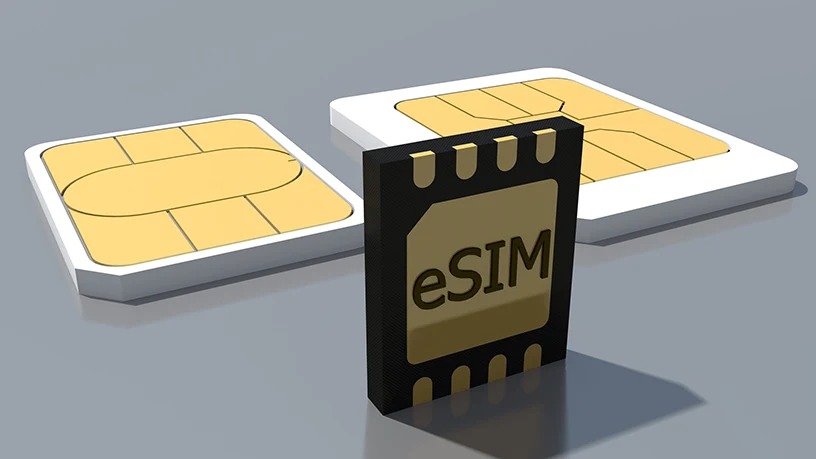There is a good chance that you are familiar with the term “eSIM” However, what exactly is an eSIM, and how is it different from conventional SIM cards? Should you switch to an eSIM? All these and more, I’ll be covering in this blog post.
You probably have something called a SIM card. It’s a chip about the size of a thumbnail that you insert into your mobile phone.
It tells your mobile device the wireless service provider and phone number you use.
Now, those SIM cards you are accustomed to are becoming digital and are now referred to as “eSim,” and they are also migrating your information to an integrated chip that can be reprogrammed.
But how can we talk about an eSIM without first talking about a SIM card?
If you already know everything there is to know about a SIM card, feel free to skip this section. If not, please continue reading to acquire a more in-depth understanding.
Key Takeaways
- SIM card is an abbreviation for “Subscriber Identity Module” card.
- A piece of hardware known as a SIM card reader is required in order to copy the contents of a SIM card onto a computer or another piece of hardware.
- In order for mobile devices to use 4G LTE, SIM cards are required
- eSIM stands for embedded SIM.
- An eSIM is an acronym for electronic subscriber identity module
- eSIM was developed by GSM Alliance.
- eSIM is not removable and is permanently fixed to the device itself.
- eSIM is significantly more compact than traditional SIM cards.
- The activation of ESIMs can be done remotely by the network carrier.
What is a SIM CARD?
 A SIM card is a type of smart card that stores identification information and connects a mobile device, such as a smartphone, to a particular mobile network.
A SIM card is a type of smart card that stores identification information and connects a mobile device, such as a smartphone, to a particular mobile network.
SIM card is an abbreviation for “Subscriber Identity Module” card.
The information contained on a SIM card includes the user’s identity, location, and phone number, as well as data pertaining to network authorization, personal security keys, contact lists, and text messages that have been previously stored.
SIM cards grant the user of a mobile device the ability to use the data as well as the features that come packaged with it.
Some mobile phones would be unable to make phone calls, connect to internet services such as 4G LTE and 5G, or send text messages (SMS) in the absence of a SIM card.
SIM cards can be removed from their slots and can have anywhere from 32 to 128 KB of storage space on them.
However, the functionality of different phones that support SIM cards varies greatly.
GSM, which stands for “Global System for Mobile communication,” and CDMA, which stands for “Code Division Multiple Access,” are the two technologies that are in use.
GSM has become the digital mobile network technology that has been adopted the most. It is utilized by network carriers including AT&T and T-Mobile.
Users are able to remove their SIM card from one mobile device, move it to another mobile device, and keep all of their previous data and contacts intact if the carrier uses the GSM standard.
Even after this change, the network carrier will be able to determine who the user is.
Phones that are CDMA enabled do not require a SIM card; rather, the mobile device will use an electronic serial number (ESN). People who have phones that are equipped with an ESN are restricted in their ability to switch between devices as easily as other users.
They are required to obtain permission from their network carrier.
CDMA is a technology that is used by network carriers such as Sprint and Verizon.
SIM cards can still be found in devices that use networks provided by carriers such as Sprint and Verizon despite the fact that these carriers do not require the use of SIM cards.
This is due to the fact that in order for mobile devices to use 4G LTE, SIM cards are required.
Types of SIM cards
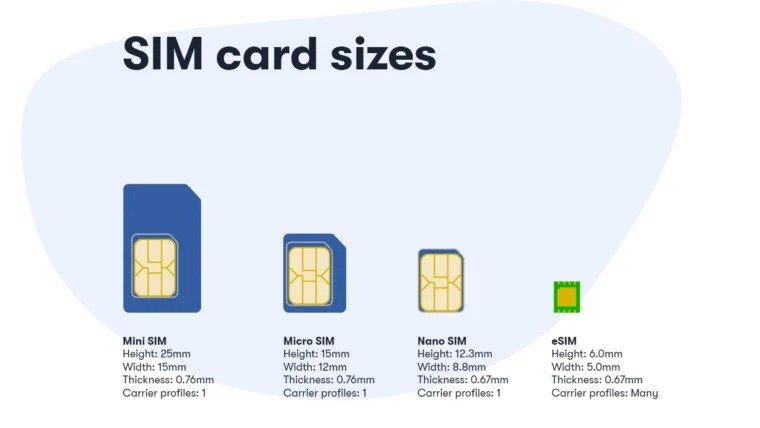 Over the course of our history, SIM cards have been manufactured in a number of different sizes.
Over the course of our history, SIM cards have been manufactured in a number of different sizes.
Among the many kinds of SIM cards are:
- The standard SIM card: It is 25 millimeters by 15 millimeters in size and is used in more basic and older phones.
- Micro SIM cards: This sim card has a size of 15 mm by 12 mm and is most commonly found in mobile devices manufactured in the 2010s and later.
- Nano SIM cards: They have a dimension of 12.3 by 8.8 millimeters and are utilized in more recent mobile devices.
- Embedded SIMs: These are also known as eSIMs, it has a size of 6×5 millimeters and comes installed in the device.
What is an eSIM?
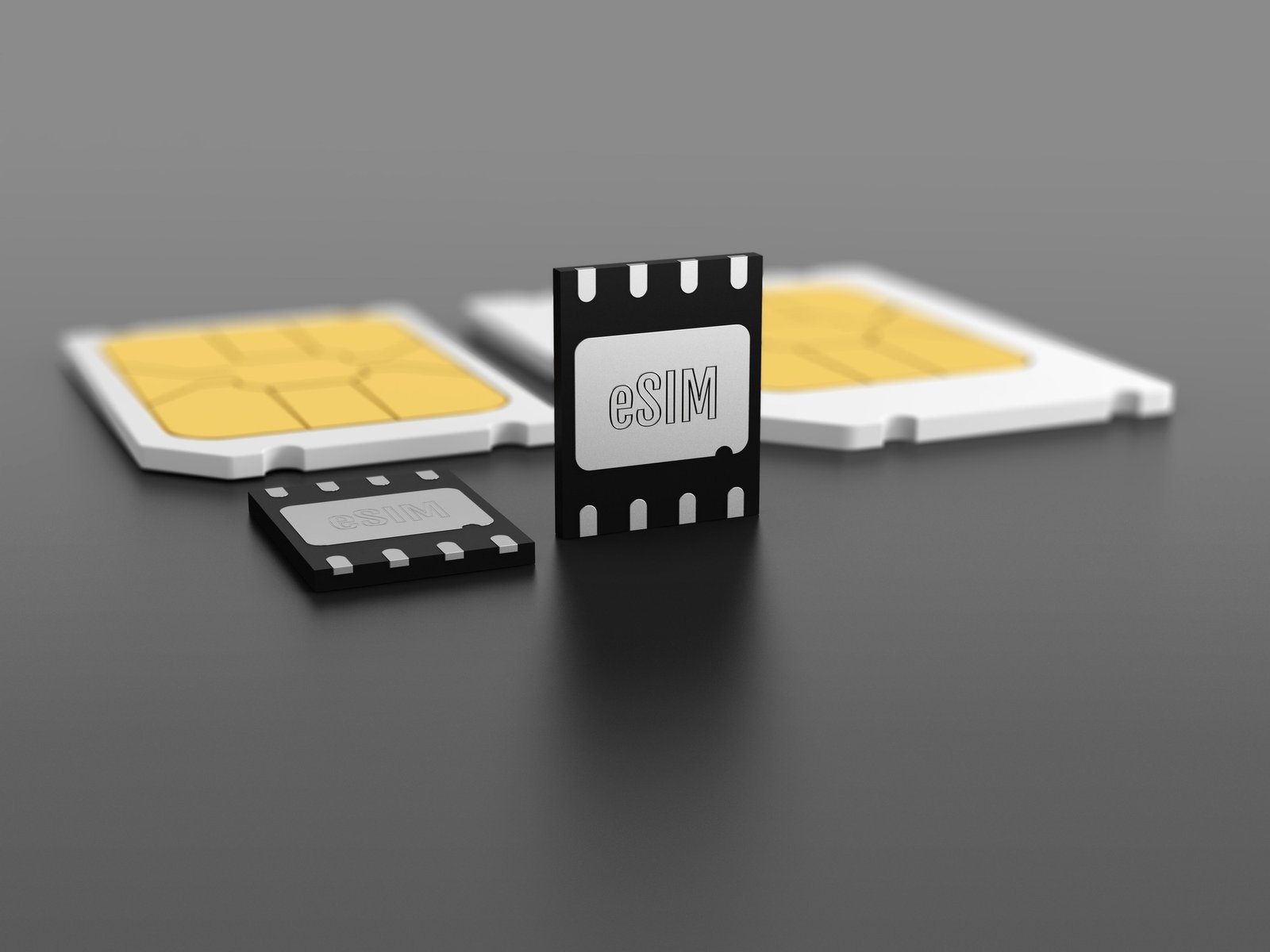 An eSIM is an acronym for “embedded subscriber identity module”. An eSIM (embedded SIM) is a form of programmable SIM card that is embedded directly into a device.
An eSIM is an acronym for “embedded subscriber identity module”. An eSIM (embedded SIM) is a form of programmable SIM card that is embedded directly into a device.
Instead of an integrated circuit located on a removable universal integrated circuit card (UICC), typically made of PVC.
It’s a totality of software installed onto an eUICC chip permanently attached to a device.
Furthermore, this digital SIM has become a standard within the technology industry.
With an eSIM, you can activate a cellular plan provided by your carrier without having to use a physical SIM.
This means that you can connect to a mobile network without the use of a physical Subscriber Identity Module (SIM) card.
You won’t need to go through the trouble of physically swapping out your SIM card. It enables users to switch between various mobile networks and plan with ease.
The acronym eSIM stands for Embedded Subscriber Identity Module and was developed by GSM Alliance. It was finally made public in 2013, but its development had probably been ongoing for several years prior to that.
The new technology has a variety of benefits, some of the most notable of which are the diminutive size of the component, the simplicity with which the carrier can be switched, and the facilitation of the connection between various units.
History of eSIM
 The GSMA has been discussing the possibility of a software-based SIM card since 2010.
The GSMA has been discussing the possibility of a software-based SIM card since 2010.
While Motorola noted that eUICC is geared at industrial devices, Apple “disagreed that there is any statement forbidding the use of an embedded UICC in a consumer product”.
The GSMA currently maintains two versions of the standard: one for consumer devices and one for M2M devices.
The standard first version was published in March 2016, followed by a second version in November 2016.
However, the eSIM journey has been in motion since 2016, and earlier adopters – primarily in the consumer space with smartphones and connected vehicles, but also in IoT applications – have achieved success in global, future-proofed connectivity.
The next decade, which began in 2020, most likely saw a significant shift toward widespread eSIM adoption, with GSMA Intelligence predicting a threefold increase within the next decade.
Implementation of eSIM
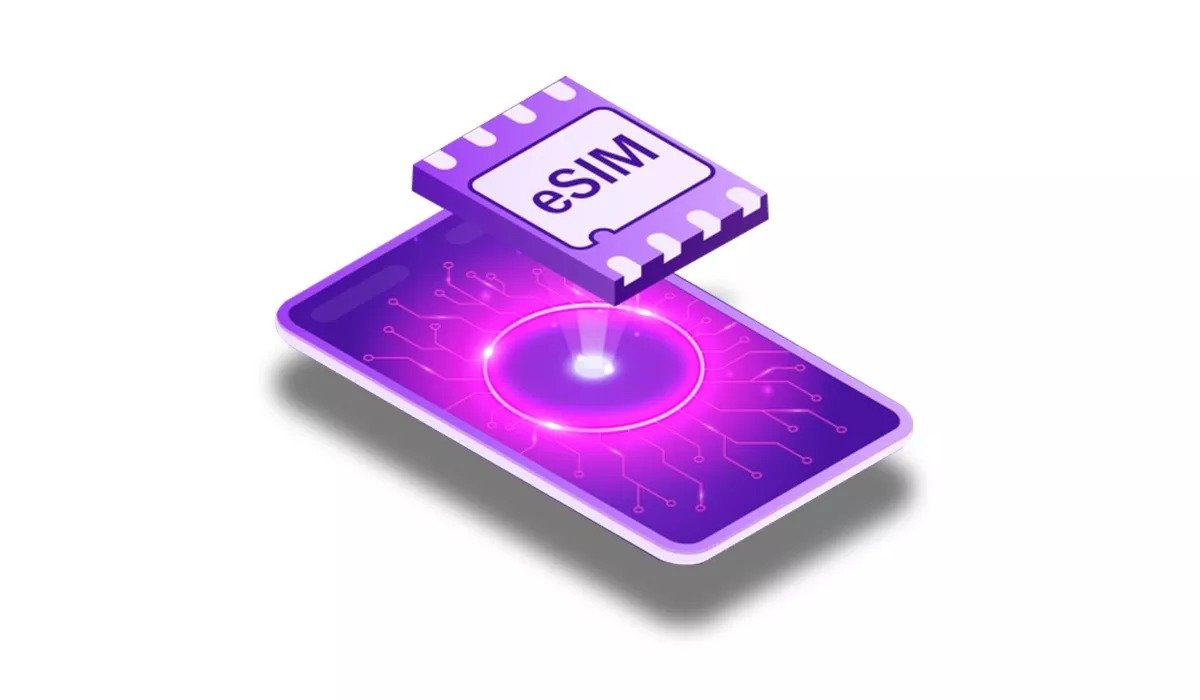 One of the most significant advantages of using an eSIM is that it makes it simple to switch to a different network provider while preserving the user-friendly qualities of the phone environment.
One of the most significant advantages of using an eSIM is that it makes it simple to switch to a different network provider while preserving the user-friendly qualities of the phone environment.
But as the technology that underpins our smartphones has progressed, the fact that a SIM card is a physical device has become more and more of a problem.
The space that was required for the SIM card reader began to become a limiting design issue in terms of the thinness of the devices.
In other words, the thickness of the devices has become more of a limiting factor.
At first, this issue was addressed by decreasing the amount of actual space required for a SIM card.
And, as a result, all newly manufactured SIM cards came with pre-cut areas that made it possible for the card to be inserted into a device that accepts either the original SIM card, a mini-SIM card, or a micro-SIM card.
The only difference between them is the size of the plastic frame that surrounds the central electronic component.
The demand for ever-smaller cellular-connected devices was growing, especially with smartwatches; even the micro-SIM was too large to be practical.
Already many years ago, there were proposals for completely electronic, “soft-SIM” or embedded SIM versions, and a task force within the GSM Association (GSMA) has been working on a proposal for a new standard for a very, very long time.
And finally, the first products to be released with eSIM were the Apple Watch 3 and the Google Pixel 2, both of which were at the forefront of this new technology.
Because this method incorporates the logic of a SIM card directly into the device itself, there is no requirement for a physical card or the associated mechanics, which results in a significant reduction in the amount of space required.
The process of switching carriers then becomes a software problem that can be solved by installing an application on the target device.
You may ask,
If the benefits of reduced size and increased convenience are so self-evident, then why has progress been so slow?
There is a presumption that the reason for the slowness is the fact that the SIM card is the primary component through which the operator has a handle on their customers.
If changing this becomes as simple as running an app, there will be a perceived loss of control from the point of view of the operators.
This is the assumption behind the slowness.
The latest smartphones are typically locked to the physical SIM card in order to qualify for discounts and subsidies offered by many mobile network operators.
There will be unfavorable repercussions for the operator’s finances in the event that an eSIM that has been locked is suddenly hacked open.
As a result, a significant amount of effort has been put into making this as hacker-proof as is practically possible.
On the other hand, in order to keep up with the rapid development of technology, it appears that this shift is finally becoming more widespread.
When it comes to Apple Watch, the logic behind it is crystal clear, and by allowing the eSIM to share the same identity as the owner’s iPhone, the operators only have to put a toe in the water in order to test the waters.
Even in the case of the Pixel 2, the use of the device is restricted to a select group of network operators and, more specifically, users who are subscribers to Google’s “Project Fi.” As a result, Google continued to include a SIM card slot in the Pixel 2, catering to customers who use carriers other than those that support eSIM.
So there won’t be any saving of space here.
This pattern will not become the norm until all operators around the world are willing to cede some of their control to electronic SIM cards and join the eSIM bandwagon.
Design of the eSIM
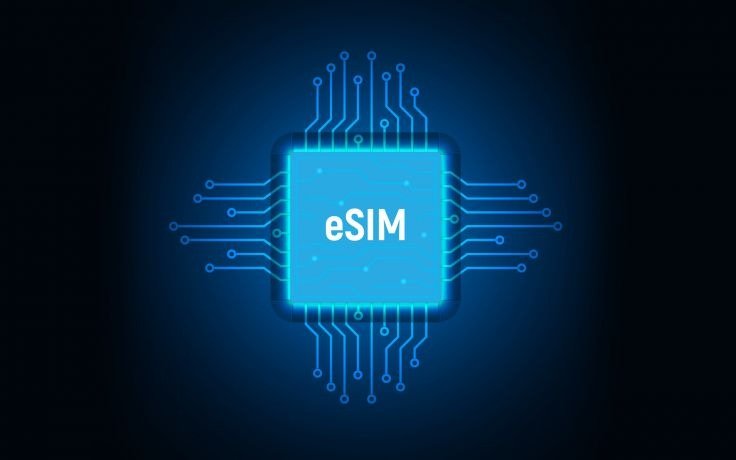 A conventional SIM card is comprised of an integrated circuit that is housed on a universal integrated circuit card (UICC), which is normally constructed of PVC and is inserted into a device through the use of a physical card slot.
A conventional SIM card is comprised of an integrated circuit that is housed on a universal integrated circuit card (UICC), which is normally constructed of PVC and is inserted into a device through the use of a physical card slot.
In contrast, an embedded subscriber identity module, or eSIM, is a virtualized SIM card profile that is placed onto an eUICC chip during the production of the device and is permanently mounted on the device.
According to the specifications found in ISO/IEC 7816, the eUICC chip that hosts the eSIM uses the same electrical interface utilized by a physical SIM card.
Once an eSIM carrier profile has been put on an eUICC, it functions in exactly the same manner as a physical SIM card, complete with a one-of-a-kind ICCID and an authentication key for the network that is created by the carrier.
What is the size of an eSIM card?
 An eSIM module is extremely small. The exact dimensions of an eSIM card are 2,5 mm by 2,3 mm, with a thickness of 0.2 mm.
An eSIM module is extremely small. The exact dimensions of an eSIM card are 2,5 mm by 2,3 mm, with a thickness of 0.2 mm.
You do not have to plug it in. The embedded SIM(eSIM) comes either plugged in or soldered.
Just to refresh your memory
- Regular SIM cards, often known as 2FF (Second Form Factor), are 15 mm by 25 mm in size.
- The micro-SIM, often known as a 3FF SIM card, has dimensions of 12 mm by 15 mm by 0.76 mm.
- The nano-SIM, also known as a 4FF, has dimensions of 8.8 mm by 12.3 mm.
How does eSIM work?
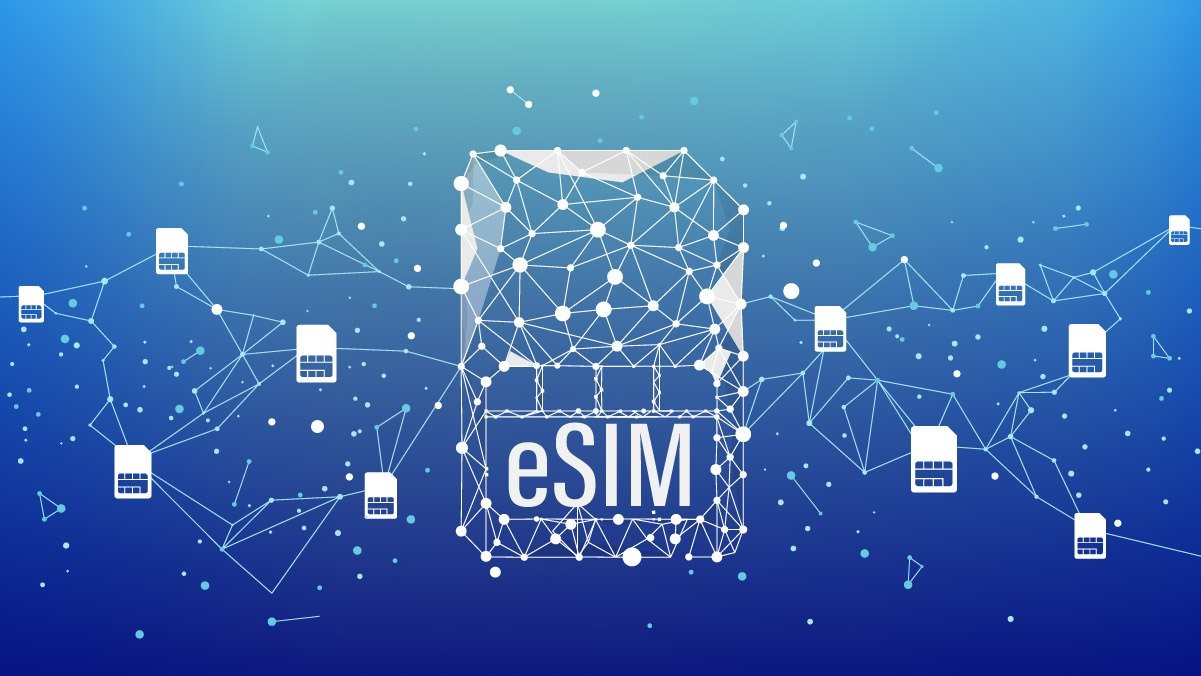 One phone has several network possibilities thanks to an eSIM’s ability to allow you to connect to a second (or third, or fourth) mobile network without having to physically swap SIM cards.
One phone has several network possibilities thanks to an eSIM’s ability to allow you to connect to a second (or third, or fourth) mobile network without having to physically swap SIM cards.
An eSIM can support up to four SIM profiles. To join the multi-network club, all you have to do is download an eSIM profile, and then you will be in the club.
That is the quick response, but let’s go on to a more in-depth discussion now.
An embedded SIM, or eSIM, performs nearly the same functions as a traditional SIM card, with the exception that it is permanently attached to your phone and cannot be removed.
Downloading an eSIM profile can be done through an app or by scanning a QR code.
This eliminates the need to physically switch out SIM cards in order to switch to a new network when traveling.
For example, if you have an iPhone 11 with an eSIM plan, you don’t have to bother much.
All you need to do is choose your prepaid eSIM plan, and you’re good to go – you now have a pay-as-you-go eSIM, which means you won’t have to worry about paying exorbitant roaming data fees when you go on vacation or when you go travel for business.
You can switch to a different network in a matter of minutes, regardless of where you are, without having to go to a store to buy a new SIM card or wait for one to be mailed to you.
This is made possible by the eSIM technology.
Benefits of eSIM
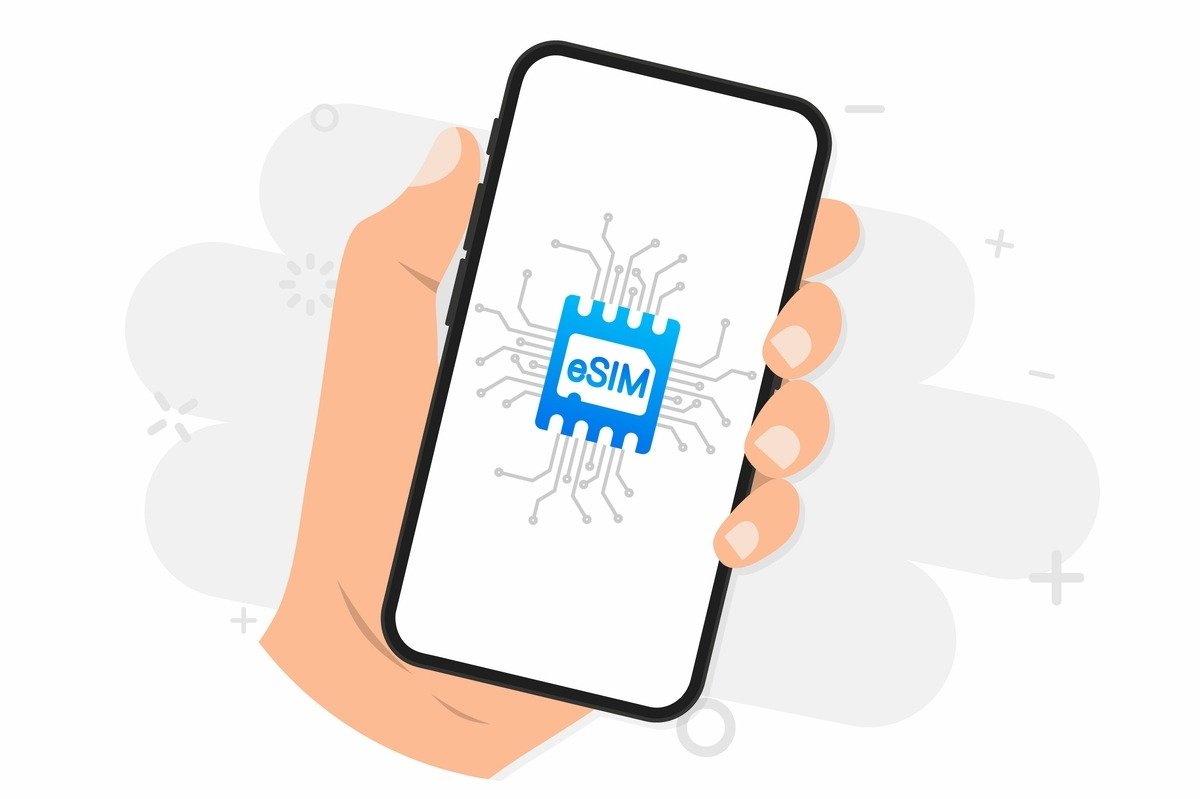 The eSIM technology provides a wide variety of advantages and has the potential to revolutionize mobile connectivity.
The eSIM technology provides a wide variety of advantages and has the potential to revolutionize mobile connectivity.
You are not restricted by a physical SIM card. Using an eSIM enables you to enjoy the freedom and flexibility of being able to alter your network whenever you see fit.
Flexibility, Convenience, Portability, and Security are the main advantages of an eSIM, however, I’ll explain in detail.
- When using standard SIM cards, you were required to get a new card if you switched carriers. eSIM makes it simple for you to switch providers or use several SIM cards from the same phone for different carriers.
- eSIM makes the process of setting up a device simpler and more optimized by eliminating the need to insert or replace a traditional SIM card.
- eSIM enables users to make use of several mobile phone numbers on a single device, in addition to the usage of multiple physical SIM cards.
- Frequent travelers will find the eSIM very convenient for switching network operators at a much easier rate. This reduces the hassle of going about with multiple devices.
- One additional benefit of eSIM is that it has the potential to increase the water resistance of the phone. This is because there is no requirement for a SIM card slot, which causes the body of the phone to become more closed.
- It eliminates the frequent complaints of damaged or lost SIM cards.
Disadvantages of eSIM
- There is a possibility that customers could have fewer options available to them. If a phone is offered exclusively, there is a possibility that all features may come pre-loaded with a specific network rather than being open to everyone. This would prevent the phone from being accessible to everyone.
- Additionally, those who use eSIM cannot readily swap phones unless they first contact their network provider. It is obvious that this is not something that most people give any thought to, but for certain people, it may be troublesome.
- For most people who use Android or iOS, the days of storing numbers on SIM cards are numbered anyway thanks to cloud backup, but it does involve a change in mindset for those using older or cheaper phones because you will no longer be able to physically swap a SIM card to a new phone. In other words, the days of storing numbers on SIM cards are numbered.
Quick eSIM setup
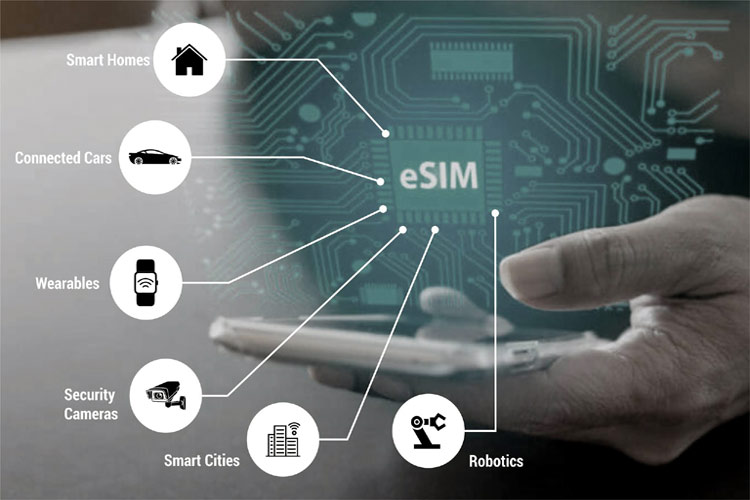 You will be able to switch between the network that is stored on your eSIM and the one that is stored on your physical SIM at any time by
You will be able to switch between the network that is stored on your eSIM and the one that is stored on your physical SIM at any time by
- Going into the settings of your phone.
- Select “Mobile Data > Data Plans” (for Apple devices) or “Connections > SIM Card Manager” (for Samsung/Android devices).
- Select the appropriate option. Additionally, you are able to save more than one eSIM profile; however, you are only able to make use of a single profile at a time.
The number of eSIMs and eSIM providers in the UK is increasing as the Internet of Things evolves because more tech-inspired gadgets, like cars and traffic lights, etc that might need to connect to a mobile network, are being manufactured with an eSIM built-in.
Where can I use eSIM?
Over the course of the past several years, an increasing number of network providers in an increasing number of countries around the world have begun making eSIM packages and eSIM discounts available to their customers.
So as long as your network provider offers the eSIM and network coverage in that location, you can make use of the eSIM there.
In conclusion
Subscriber Identity Module (SIM) cards have been used by telecommunication companies to securely link users and their devices to the consumption of network services, from the original credit card size iteration to the nano-SIMs of today.
This new generation SIM card (eSIM) cannot be removed because it is soldered directly into the device during assembly.
The eSIM opens up new possibilities for device connectivity since it can be used in devices that previously did not have SIM cards, such as laptops, smartwatches, cars, and so on.
eSIMs have the potential to completely change the game for mobile operators. At this point, many manufacturers are responding to a market trend centered on dual SIM (two SIMs in one device) while laying the groundwork and assisting users in becoming acquainted with this new technology. However, it is expected that within a few years, all smartphones will include eSIM.
